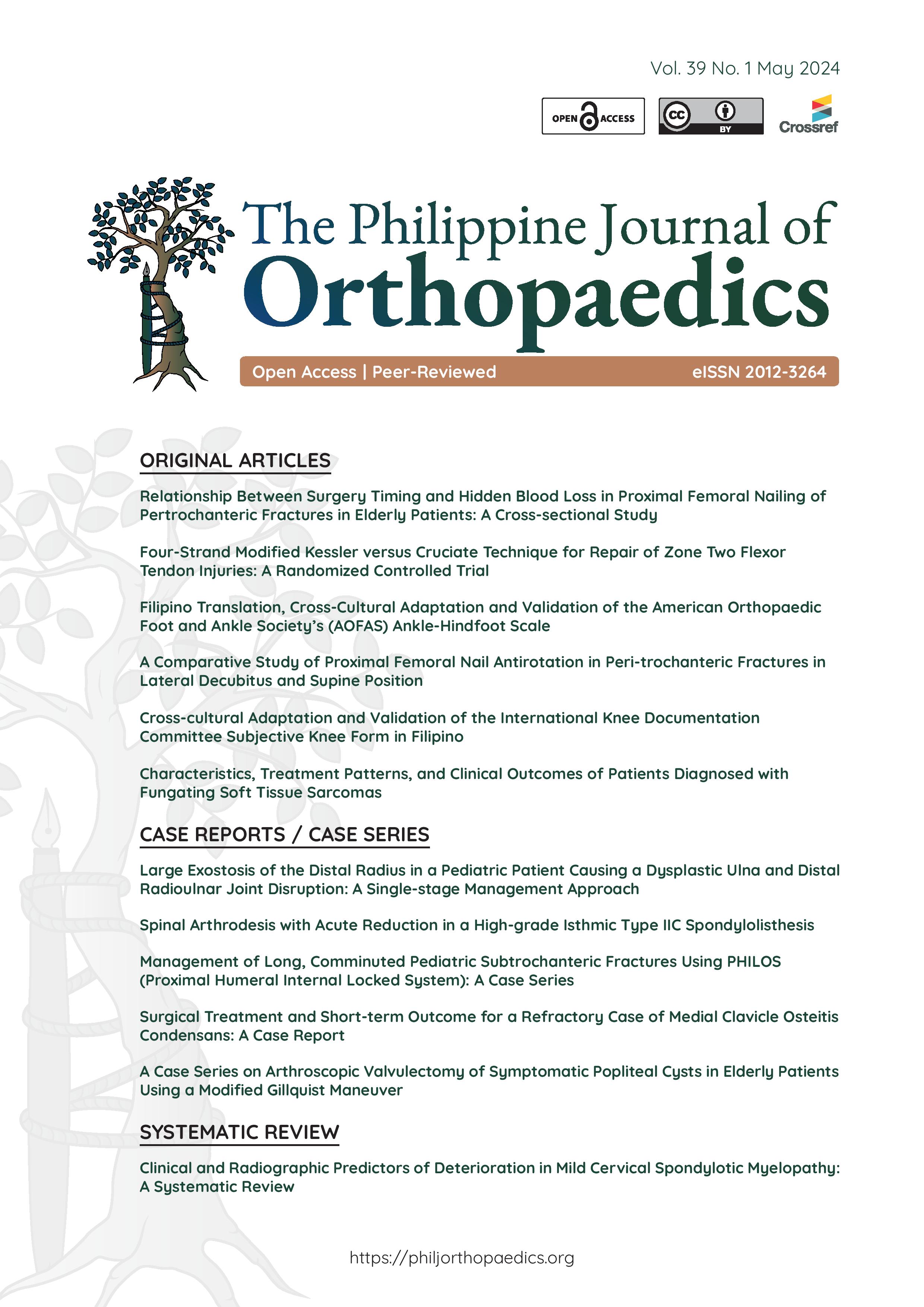You Give Labs A Bad Name
Main Article Content
Abstract
As an avid reader of the New York Times online edition, I browse news and feature articles multiple times a day, frequently getting to my daily Wordle, Connections, and, of course, the Times Crossword with giddy anticipation. But through the years of getting more than world events from this paper, I have read, with increasing dismay, several articles involving the falsification of data in articles published in prestigious journals.1,2 A couple of deep dives reveal other articles showcasing manipulated data, flipped pictures of purported results, and reused images in the name of publications and grants. This reality seemed so far removed from my daily life. That is until a year or so ago when, out of a mixture of ignorance and hubris, I accepted the role of editor-in-chief of this, our official journal.
Since then, whenever I see a table of figures, pictures of surgeries, or whatnot, I recall how I flipped a picture myself in desperation to meet the deadline for a photo project on the stages of mitosis and meiosis. I got away with a passing grade; but Dostoevsky earned his place in literature, not just because of his storytelling, but also because of the truths he set out to tell, this time about crime and seemingly getting away with it.
In orthopedics, retractions have become more common, probably reflecting higher vigilance and a greater number of publications. The reasons, however, should send a chill down our collective spines. The two most common reasons were fraudulent data and plagiarism – two examples of inexcusable academic misconduct.3
Research, and indeed all of science, is built on a level of trust. When information is presented as science or a result of scientific research, there is an implicit and absolute understanding that to the best of the authors’/presenters’ knowledge, everything is backed up by rigor and integrity. It should be reasonable to assume that the data that someone publishes today is the highest brick of “truth” in a pyramid of “truths” and that every brick from the base up to the pinnacle is solid and unimpeachable. This may seem like an impossible task, but hey, that’s science.
I bring these up today to highlight that we, the editorial board of the PJO, strictly believe in the importance of integrity. Indeed, authors and investigators bear most of the burden for these instances of misconduct. However, the board needs to keep its side of the bargain by striving to keep our journal at par with international standards; by strict peer review, vigilance when dealing with data, and using anti-plagiarism software. The integrity of our journal is a promise we make to our readers and a vow we intend to keep.
Article Details

This work is licensed under a Creative Commons Attribution 4.0 International License.

This work is licensed under a Creative Commons Attribution 4.0 International License.
References
Mueller B. A Columbia surgeon’s study was pulled. He kept publishing flawed data. The New York Times. Feb. 16, 2024. Accessed May 20, 2024. https://www.nytimes.com/2024/02/15/science/columbiacancer-surgeon-sam-yoon-flawed-data.html.
Bik E. Science has a nasty photoshopping problem. The New York Times.Nov. 2. 20222. Accessed May 20, 2024. https://www.nytimes.com/interactive/2022/10/29/opinion/science-fraud-imagemanipulation-photoshop.html
Yan J, MacDonald A, Baisi LP, Evaniew N, Bjandari M, Ghert M. Retractions in orthopedic research: a systematic review. Bone Joint Res. 2016;5(6):263-8. https://pubmed.ncbi.nlm.nih.gov/27354716 https://www.ncbi.nlm.nih.gov/pmc/articles/PMC4957175 https://doi.org/10.1302/2046-3758.56.BJR-2016-0047





